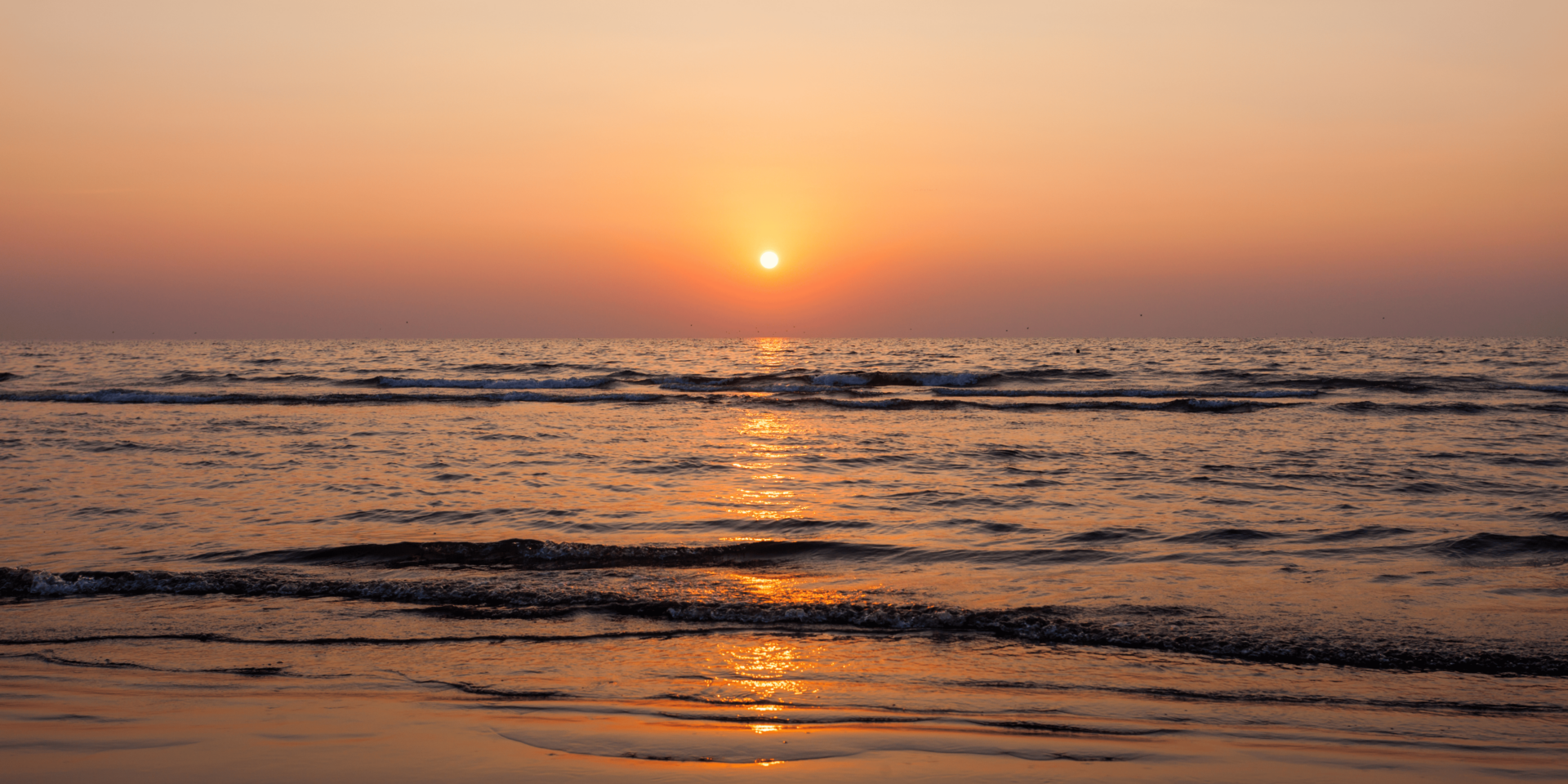The Transition from Day to Night on Marbella’s Coast
As the sun begins its descent, Marbella’s coastline prepares for a shift. The golden hour turns the sea into a sheet of amber. Light softens. Wind slows. The energy of the day relaxes into something quieter, something more deliberate.
People move toward the water not in a rush, but in a rhythm. Locals and visitors alike find their place—on the promenade, at a beachfront café, or sitting along the sea wall. In this moment, Marbella doesn’t pause—it exhales.
Why Sunset Marks a Cultural Shift
The sunset in Marbella is more than a visual event. It’s a cue that shapes how the town behaves. The beaches begin to empty. Shops close their doors with less urgency. Restaurants dim their lights and adjust their tempo. The mood becomes calm, but not idle.
You stand on the sand with your shoes in hand. The heat fades from the stones beneath you. Music from a nearby terrace grows clearer. The day doesn’t end—it evolves. This cultural shift isn’t loud or scheduled. It’s built into the place itself.
The Role of Movement in Evening Rituals
As the sun lowers, movement takes on a different form. Earlier in the day, the pace is quick—errands, sunbathing, shopping. But as the horizon swallows the last light, walking becomes intentional. People stroll the promenade with no destination in mind. They walk for the feel of it.
A couple walks side by side without speaking. A cyclist slows down instead of weaving through. A group sits with their backs to the street, eyes on the sea. These quiet behaviors form the core of Marbella’s seaside rhythms—not hurried, not staged, just steady.
Seaside Dining Begins with the Sunset
Dinner in Marbella doesn’t rush to the table. It begins when the sun touches the waterline. Restaurants along the beach prepare for the night’s first wave. Tables closest to the view fill up first. Servers bring menus with a nod, not a pitch. Conversations begin before the meal does.
You choose a seat that faces the sea. A breeze lifts the corners of the napkin. The light shifts to a deeper orange. Your order comes without delay, but nothing about the experience feels fast. In this part of town, meals mirror the pace of the tide—unforced and consistent.
Music as a Guide for the Evening Flow
In Marbella, music doesn’t lead with volume—it leads with tone. As sunset arrives, speakers fill the air with sounds that blend into the background. Acoustic rhythms, deep house, or mellow guitar guide the shift from dinner to drinks, from stillness to subtle movement.
You sit near a bar where the playlist seems to follow the light. No one adjusts the volume, but the energy rises as the sky darkens. The beat moves with the crowd, not ahead of it. Music doesn’t demand attention—it sets direction.
Clothing Becomes a Silent Language
As night falls, style begins to shift. Marbella’s dress code doesn’t require luxury, but it reflects awareness. People wear pieces that suit the mood: soft fabrics, clean lines, colors that echo the sea and sky. Outfits move from casual to intentional without fanfare.
You notice the change without needing to ask. A scarf appears around a neck. Shoes shift from sand to leather. Jackets rest lightly on shoulders. These changes are small but telling. They say: “The day is ending, and I’m ready to join the night.” No one needs to announce it.
Social Gatherings Form Around the View
As light fades, people gather where the horizon stays visible. Rooftop lounges, beach bars, and quiet overlooks fill with guests who want to witness the final light together. These aren’t parties—they’re gatherings built around shared stillness.
You arrive at a rooftop just after sundown. The group here doesn’t look at each other first—they look out. A glass is raised. A quiet conversation begins. Someone adjusts their seat to catch the last warmth of the fading sky. These are not staged moments. They are rituals of presence.
The Marina Reflects the Shift in Pace
Puerto Banús mirrors the evening’s progression. During the day, it bustles with motion—yachts arrive, engines hum, cameras click. But at sunset, the tone quiets. Water reflects the first lights from the docks. The air cools, and the sound softens.
You walk alongside the marina. Cars now move slowly, with drivers in no rush to park. The reflections stretch across the water like a second sky. Voices drop. Laughter spreads, but never erupts. Even the boats seem to settle in, rocking gently beneath the rhythm of the night.
Lounges Carry the Night Without Noise
After sunset, Marbella doesn’t rush into nightlife—it builds toward it. Lounges act as transition spaces. They hold the energy of the sunset without breaking its spell. Lighting becomes warmer. Music finds its low-frequency pulse. Conversations stretch out, not up.
You step into a beachfront lounge. Your seat offers a view, not a distraction. The drink arrives in silence. Someone nearby shifts in their chair, not because they’re restless—but because they’re relaxed. These moments don’t try to entertain. They allow space for unspoken comfort.
Sunset Rituals Shape the Night Ahead
What begins as a sky full of color becomes a night shaped by intention. Marbella’s sunset rituals don’t ask for attention—they guide it. From the beach to the hills, the city shifts together. One moment flows into the next without breaks or signals.
You finish your evening with a final walk. The streets hold the last heat of the day. Windows glow. Footsteps echo off walls. You don’t need to speak. You don’t need to plan. The night carries you because the town has already set the pace.

